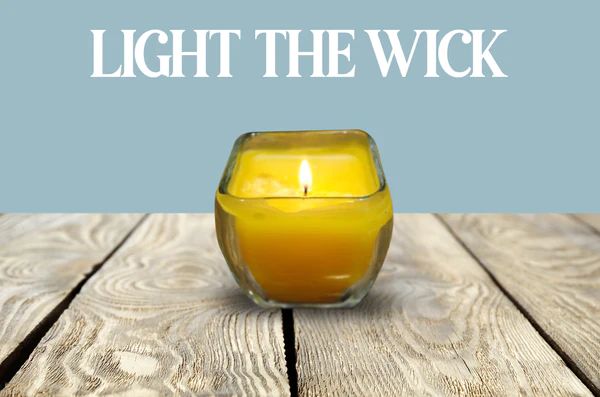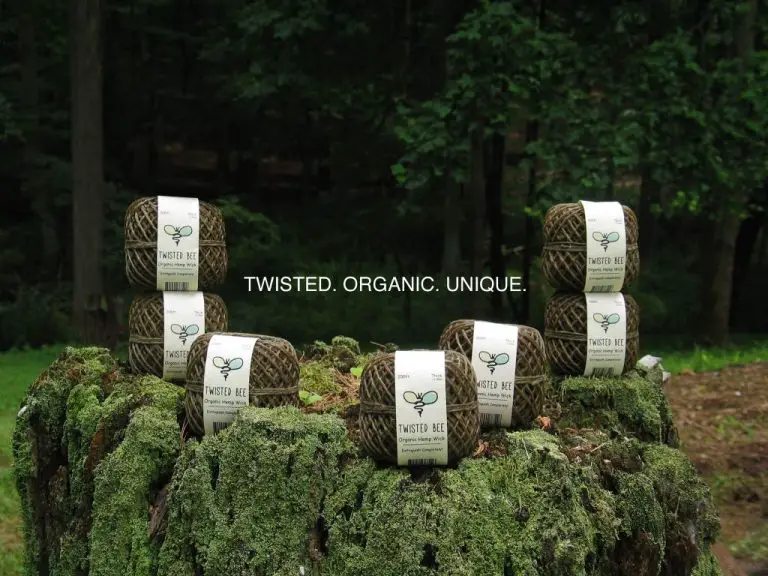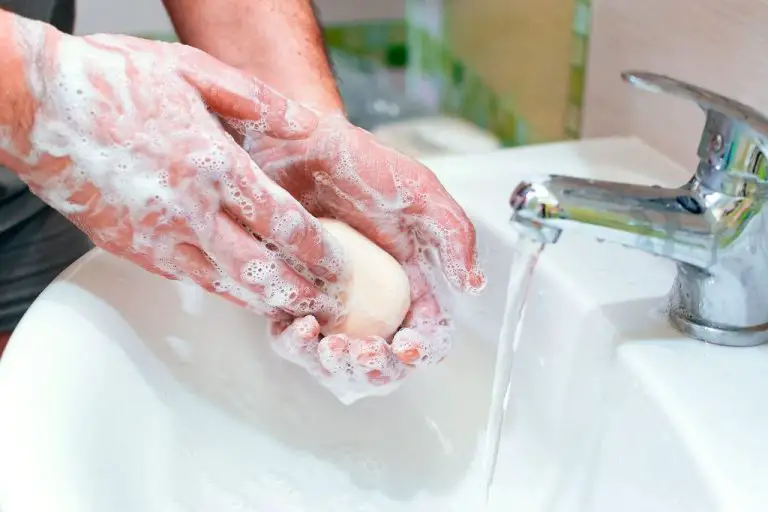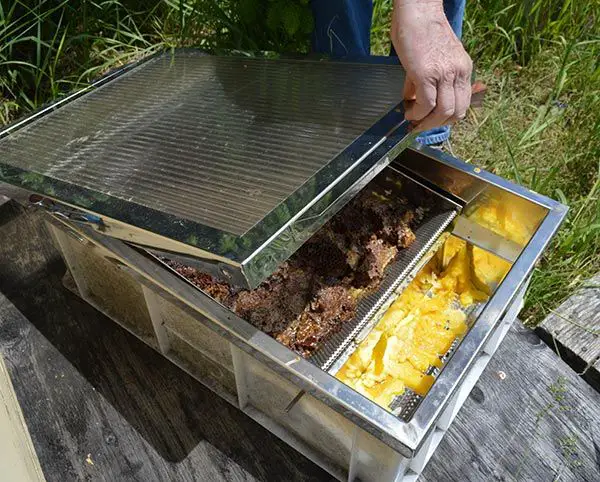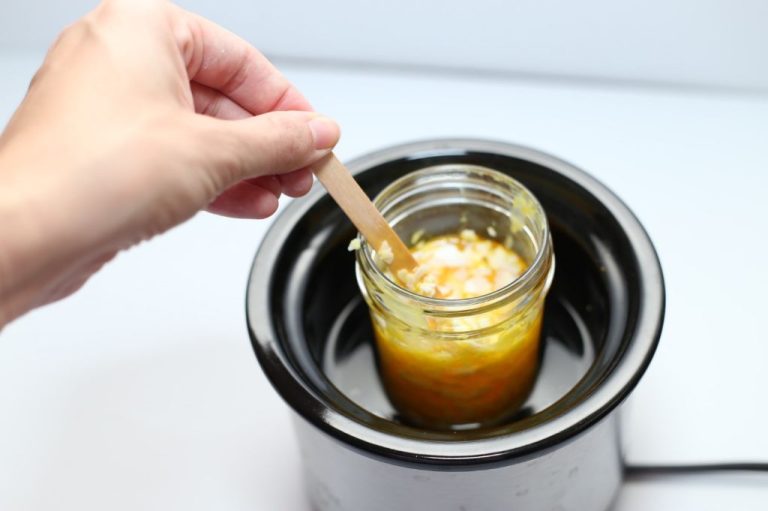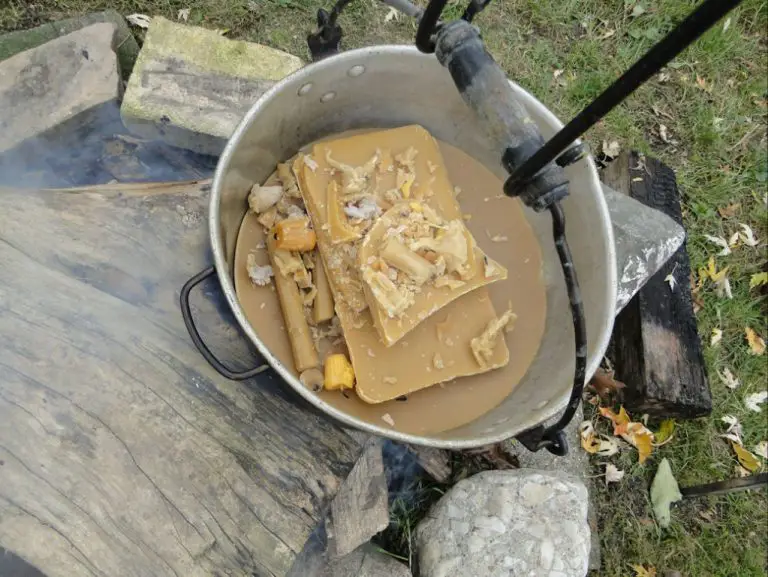What Can I Put In Homemade Scents For Candles?
Homemade scents for candles refer to any fragrance oils, essential oils, herbs, spices, or other natural ingredients that are added to unscented candles to provide aroma. Some popular options include essential oils like lavender or eucalyptus, dried herbs and spices like cinnamon sticks or rosemary, citrus peels from oranges, lemons, or grapefruit, or other extracts like vanilla. The main benefits of homemade scented candles versus store-bought scented candles are the ability to customize the scents according to your personal preferences, avoidance of synthetic fragrances used in many commercial candles, and cost savings from making them yourself.
Essential Oils
Essential oils are one of the most popular ingredients to use when making homemade scented candles. Some of the most commonly used essential oils for candles include: lavender, lemon, orange, peppermint, eucalyptus, rosemary, cinnamon, tea tree, lemon grass, and clove (Source 1).
When using essential oils in candles, it’s important to dilute them properly for safety and maximum fragrance. A good rule of thumb is to use 0.5-1 ounce of essential oils per pound of wax. Going above a 1% ratio may lead to issues like scent throw problems or the oil not fully binding with the wax (Source 2).
Additionally, make sure any essential oils are 100% pure, undiluted, and high quality. Poor quality oils will not smell as strong in the finished candle. Purchase from reputable suppliers to ensure you are getting the real deal.
Dried Herbs & Spices
Dried herbs and spices are a wonderful way to create homemade scented candles. Some common dried herbs that work great in candles include lavender, rosemary, thyme, oregano, sage, and mint. The floral and earthy aromas of these herbs infuse candles with natural fragrance.
Spices like cinnamon, nutmeg, cloves, cardamom, and ginger also lend wonderful scent to candles. Cinnamon gives a warm, cozy aroma, while cardamom provides a sweet, exotic fragrance. You can use whole dried spices or ground powder.
To use dried herbs and spices, measure out the amount you want and mix them right into the melted wax before pouring into containers. Use about 1-2 tablespoons of dried herbs per 1 pound of wax. Start with less and add more if needed. Herbs and spices tend to be potent, so a little goes a long way.
Dried herbs and spices allow you to create custom candle scents tailored to your exact preferences. Play around with different herb and spice blends to find your perfect homemade candle scent.
Citrus Peels
Citrus peels like orange, lemon, and grapefruit add a nice natural scent to homemade candles. The peels contain essential oils that get released when heated, infusing your candle with a fresh, bright fragrance. Peels from oranges, lemons, limes, grapefruits, and other citrus fruits can be used.
Before using citrus peels, make sure to thoroughly wash and dry them. Letting them air dry for a few days helps intensify their scent. You can add the peels directly to the wax, place them in tea bags or cheesecloth bundles, or make citrus-infused olive oil to use in the candles.
Dried peels will keep for several months in an airtight container out of direct sunlight. Make sure to stir the peels occasionally so the fragrant oils distribute evenly. Citrus peels add a nice decorative touch to jars and clear containers too.
Vanilla Extract
Pure vanilla extract is a popular ingredient for adding a warm, sweet scent to homemade candles. Vanilla extract is made by soaking vanilla beans in a solution of ethanol and water, which extracts the flavorful compounds from the beans.[1] The key component that provides the signature vanilla scent is vanillin. When added to candle wax, vanilla extract will provide a sweet, comforting fragrance reminiscent of freshly baked goods.[2]
It’s important to use pure vanilla extract, not imitation vanilla, to get the true scent. Imitation vanilla contains artificially created vanillin rather than natural vanillin from vanilla beans. Pure vanilla extract can be found in most grocery stores, usually in the baking aisle.
Vanilla extract should be used sparingly in candles as the scent can be overpowering. As a general rule, add 1⁄2 to 1 teaspoon of vanilla extract per pound of wax. Make sure to stir thoroughly to distribute the vanilla evenly throughout the wax. Testing different amounts in small batches first can help determine the ideal concentration for your preferred scent strength.
Adding vanilla extract directly to hot wax may cause the aroma compounds to burn off or evaporate. For best results, try blending the vanilla extract with a small amount of oil, such as coconut oil or mineral oil, before adding to the melted wax. The oil helps prevent the vanilla from evaporating at high temperatures.
Vanilla extract will add a lovely depth and sweetness to any candle scent blend. Play around with combining it with spices, citrus, floral scents or woodsy aromas for customized, homemade candle creations.
Fragrance Oils
Fragrance oils, also known as synthetic fragrance oils, are artificially created scents used to fragrance candle wax. They are produced by blending aromatic chemicals and essential oils to replicate natural scents like fruits, flowers, and spices.
When selecting fragrance oils, look for candle-safe oils from reputable suppliers like candle making stores or soap making suppliers. Avoid using fragrance oils meant for other purposes like perfumes or massage oils in candles. Candle fragrance oils are formulated to withstand high heat.
Always check the flashpoint of a fragrance oil before using it in candles. The flashpoint indicates the temperature at which the oil could ignite. Fragrance oils with flashpoints under 170°F are not safe for candle making.
Use synthetic fragrance oils in moderation, at around 5-10% of your wax weight. Too much fragrance oil can cause issues like poor scent throw or smoking candles. Follow usage rates from suppliers.
When working with fragrance oils, avoid skin contact and don’t ingest them. Wear gloves and work in a well-ventilated area. Pregnant women should take extra precautions when handling fragrance oils.
Essential Oil Blends
Popular scent combinations for candle making include blending complementary essential oils that enhance each other’s aromatic properties. Some examples of classic essential oil blends for candles include:
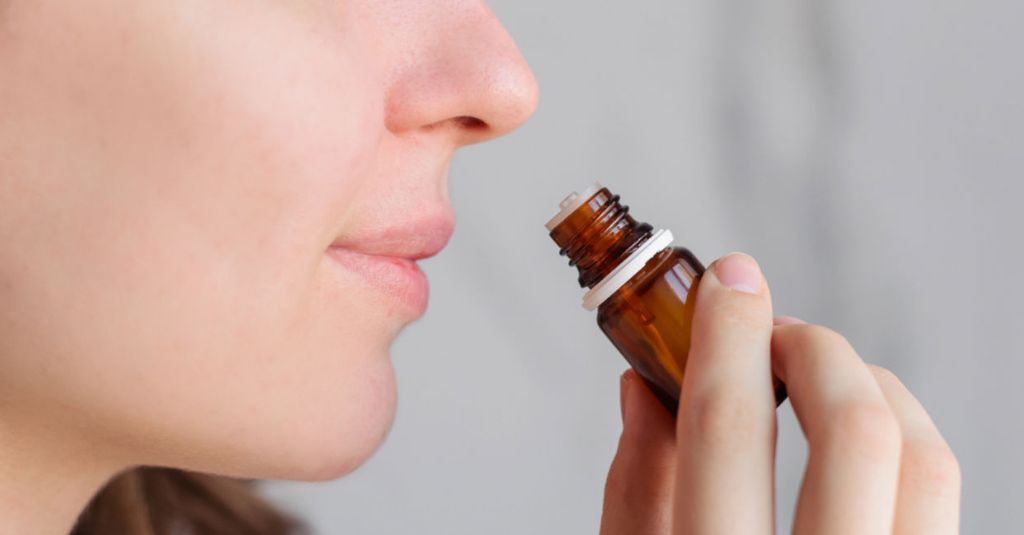
Lavender-Eucalyptus: Lavender provides a floral, herbaceous base note while eucalyptus offers an invigorating, menthol top note. This blend is great for stress-relief candles (source: https://www.oily-chic.com/candle-essential-oil-blends-chart/). Use 2 drops lavender to 1 drop eucalyptus.
Jasmine-Ylang Ylang: These two floral oils pair beautifully with jasmine’s rich, sensual fragrance and ylang ylang’s sweet, romantic overtones. Try this blend for date night candles (source: https://suffolkcandles.co.uk/blogs/candles/essential-oils-for-candle-making). Use 4 drops jasmine to 2 drops ylang ylang.
Peppermint-Wild Orange: Peppermint provides a cooling, refreshing minty aroma while wild orange adds a bright, energizing citrus kick. This blend is perfect for morning wake-up candles (source: https://www.pinterest.com/pin/193865958950272737/). Use 3 drops peppermint to 2 drops wild orange.
When blending essential oils, start with a simple combination of 2-3 oils in small amounts. Test the scent and adjust the ratios as needed to find your perfect synergy.
Measurements & Mixing
When creating homemade candle scents, it’s important to properly measure and blend the fragrance oils and other ingredients. Here are some guidelines for measurements:
The standard fragrance load for candles is around 5-10% of the total candle weight. For example, if you are making a 6 oz candle, you would use 0.3-0.6 oz of fragrance oil. Less is more when it comes to fragrance – too much can make the candle smell overpowering or fail to properly burn.
To measure the fragrance oils, use a digital scale for accuracy. Tare the scale before adding each new ingredient. Measure in weights (grams or ounces) rather than volumes (teaspoons) for consistency.
For blending multiple fragrance oils, make a test batch first to perfect the scent. Start with equal parts then adjust to your preference. Keep track of the measurements so you can recreate the perfect blend.
Mix the fragrance oils thoroughly before adding to melted wax. Stir well to fully incorporate. Allow the wax to cool slightly before adding fragrance so it doesn’t evaporate.
Proper measurements and blending ensures your homemade candle scents turn out perfectly every time. Always do test burns to confirm scent throw before making large batches.
Storing & Shelf Life
Proper storage is crucial for preserving homemade candle scents and extending their shelf life. Here are some tips:
- Store scented oils in airtight containers out of direct sunlight and in a cool, dark place. Light and heat can cause the scents to fade more quickly over time (https://shoparchipelago.com/blogs/blog/do-candles-expire).
- Glass bottles work best for storage as they prevent the scents from absorbing plastic odors.
- Refrigeration can help homemade scents last even longer, especially citrus peels and delicate floral scents.
- The shelf life depends on the individual ingredients. Essential oils and fragrance oils typically last 1-2 years. Dried herbs and spices may lose potency after 6-12 months (https://www.realsimple.com/home-organizing/decorating/tips-techniques/do-candles-expire).
- Label containers with the contents and date made. Use oldest scents first before newer batches.
With proper storage in airtight containers kept out of light and heat, most homemade candle scents can last 6-12 months or longer before losing their strength and aroma.
Safety Tips
When making homemade scented candles, there are a few important safety tips to keep in mind. Proper ventilation is crucial when working with candle making ingredients like essential oils and fragrance oils. Make sure to work in a well-ventilated area to allow fumes to dissipate. Opening windows or working near an exhaust fan is recommended.
It’s also wise to do a skin test before using any new essential oil or fragrance. Dilute a small amount with a carrier oil and apply to your inner elbow. If any irritation occurs, avoid using that ingredient. This test will reveal any potential allergies. Sensitive individuals should take extra care when working with strong scents.
Take precautions against spills and burns by wearing long sleeves and pants. Tie back long hair. Work slowly and carefully when pouring hot wax. Allow candles to fully cure and harden before burning. Extinguish candles before the last half inch of wax to prevent glass cracking. Follow all safety guidance from candle making suppliers. With proper care, creating homemade scented candles can be an enjoyable and safe craft.

